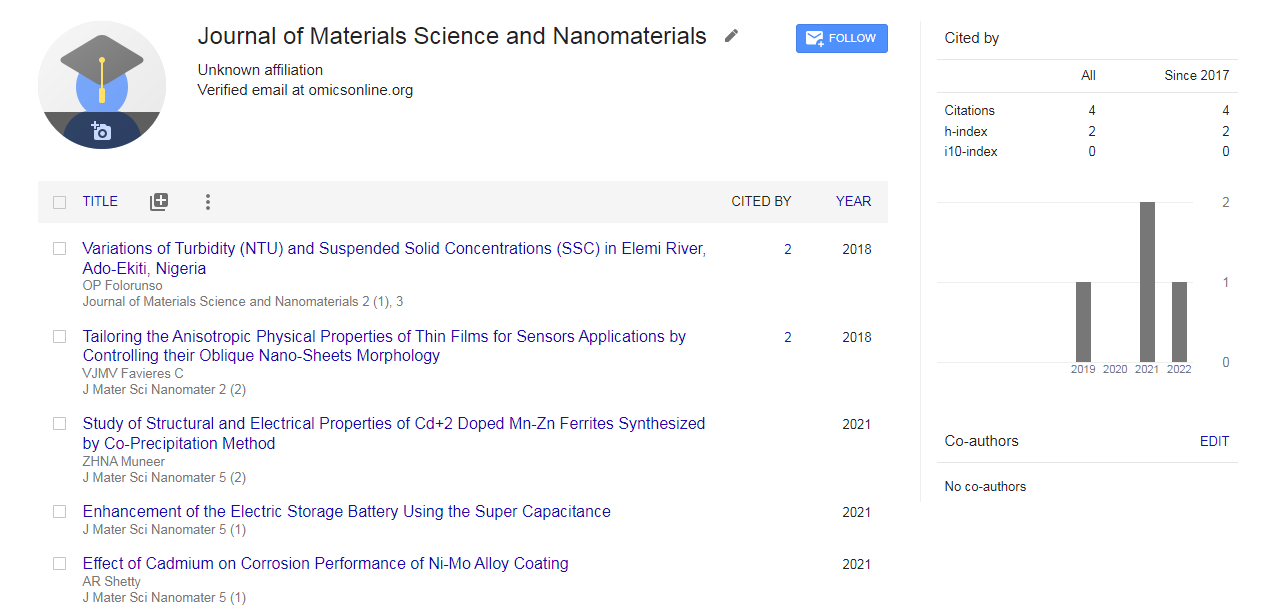Modeling of Microbiologically Influenced Corrosion (MIC) of Metallic Alloys in Seawater by Electrochemical Impedance Spectroscopy in a Nano-Meter Scale
*Corresponding Author:
Copyright: © 2020 . This is an open-access article distributed under the terms of the Creative Commons Attribution License, which permits unrestricted use, distribution, and reproduction in any medium, provided the original author and source are credited.
Abstract
Experimental data of electrochemical impedance spectroscopy (EIS) were used for the first time to predict (model) the growth of the marine biofilm on the surface of two metallic alloys in seawater. The EIS data ,i.e., double-layer capacitance (Cdl), of UNS 1020 carbon steel and stainless steel UNS S304 were used in this study. The Cdl values of the formed biofilm on the alloys were measured in seawater on a frequent basis. Total exposure of alloys to the seawater ranged between 90 days to 180 days. The carbon steel was found susceptible to microbiologically influenced (induced) corrosion (MIC). A mathematical model was derived to gradual predict the growth of the biofilm formation by correlating the obtained Cdl of the biofilm to the thickness of the biofilm formation. The mathematical correlation was derived on taking into the account parameters such as; the dielectric constant of formed biofilm, the dielectric constant of the seawater at two temperatures 18o C and 33o C, the volume fraction of the seawater in the bio-film, the dielectric constant of corrosion products, i.e., ferrous oxides; FeO, Fe2O3 , magnetite; Fe3O4 , iron oxide-hydroxide; FeOOH, Ferromanganese; a mixture of MnO2 and Fe2O3 , Ferrous sulfate; Fe2 SO4 , Ferrochromium; FeCr in the bio-film, and the volume fraction of those corrosion products in the biofilm. The calculated thickness of the biofilms was in the range of a nanometer to a fraction of micrometer.

 Spanish
Spanish  Chinese
Chinese  Russian
Russian  German
German  French
French  Japanese
Japanese  Portuguese
Portuguese  Hindi
Hindi 